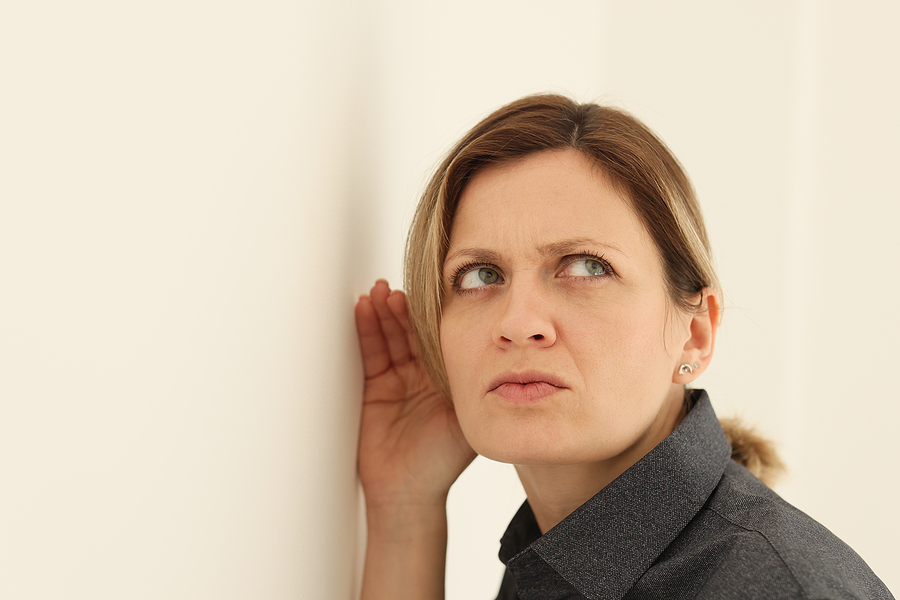Imagine coming home after a long day, only to be greeted by an unpleasant, unidentifiable smell. While your first instinct might be to open a window or light a candle, these foul odors can sometimes signify more than just a need for fresh air. For homeowners, bad smells could indicate an animal infestation lurking behind the walls, in the attic, or even under the house itself. Understanding these odors and acting quickly is crucial.
In this blog post, we will explore how certain smells can point to hidden wildlife issues, what specific animals might be causing them, and how to effectively address and prevent these problems. Our aim is to equip you with the knowledge to maintain a safe and healthy home environment.

Understanding the Signs of Animal Infestation
When it comes to animal infestations, each type of odor can tell its own story. The smell of ammonia-like urine might indicate that rodents are present and making your home their own. Rodents such as mice and rats have a distinct, pungent scent that can quickly permeate a space. This odor is not only unpleasant but can also be hazardous if left unchecked.
Another common scent associated with wildlife infestations is the stench of decomposition. This particular odor is often the result of an animal that has perished within the confines of your home. Whether it’s a raccoon stuck in the chimney, or a squirrel trapped in the attic, the scent of decay can be overwhelming and difficult to locate. It’s important to address these odors promptly to prevent further issues.
Finally, musty or moldy smells can sometimes be attributed to animals nesting in your walls or attic. These creatures often bring in nesting materials that can create damp environments, leading to mold growth over time. Identifying these smells early on can save you from potential health risks and costly repairs down the line.
Common Animals That Infest Homes
Several types of animals are known to invade homes and leave behind telltale odors. Rodents, such as mice and rats, are among the most common culprits. They can squeeze through tiny openings, making them difficult to keep out. Their droppings, urine, and nesting materials contribute to the unpleasant smells they leave behind.
Squirrels are another frequent invader, particularly in attics. These creatures are notorious for chewing through wires and insulation, and their nests often emit a strong, musty odor. Squirrel infestations can lead to significant structural damage if not addressed quickly.
Raccoons, while less common, can also wreak havoc in your home. They are drawn to attics and chimneys, where they can cause considerable damage. The scent of a raccoon infestation is usually strong and unmistakable, often accompanied by loud noises at night. Recognizing these signs early is key to preventing further issues.
Health and Safety Concerns
Animal infestations pose numerous health and safety risks to homeowners. One of the most significant concerns is the spread of diseases. Rodents, for example, can carry hantavirus, leptospirosis, and salmonella, all of which can be transmitted to humans through contact with contaminated surfaces or air particles. Protecting your family from these illnesses is crucial.
Infestations can also trigger allergies and asthma in sensitive individuals. The presence of animal dander, droppings, and urine can exacerbate respiratory issues, leading to discomfort and potential long-term health problems. Maintaining good indoor air quality is essential for a healthy living space.
Additionally, the structural damage caused by animals can compromise the safety of your home. Chewed wires pose a fire hazard, while damaged insulation can lead to increased energy costs and reduced home efficiency. Addressing these issues promptly can save you from costly repairs and potential disasters.
What to Do If You Have Lingering Odors in the Home
If you’ve detected foul odors that may indicate an animal infestation, it’s important to act quickly. Start by conducting a thorough inspection of your home, focusing on areas like the attic, crawl spaces, and any visible entry points. Look for signs of animal presence, such as droppings, chewed materials, or nesting sites.
Once you’ve identified the problem, consider whether it’s something you can handle on your own or if professional help is needed. For minor issues, sealing entry points and spraying repellents may be sufficient. However, for larger or more complex infestations, like animal removal and infestation cleanup, it’s advisable to contact a professional wildlife removal service. These experts can safely and effectively remove the animals and clean the affected areas.
Preventing future infestations involves taking proactive steps to secure your home. Regularly inspect and maintain your home’s exterior, ensuring that all gaps and openings are sealed. Trim back trees and shrubs that may provide access to your roof and remove any potential food sources that could attract wildlife.
Conclusion
Lingering odors in your home are not just an annoyance; they can be a sign of a serious wildlife problem. By understanding the potential causes of these smells and taking prompt action, you can protect your home and family from the health risks and structural damage associated with animal infestations.
If you’re experiencing foul odors and suspect an infestation, don’t hesitate to reach out to local wildlife control services for expert advice and assistance. They offer invaluable support in identifying, addressing, and preventing these issues, ensuring a safe and comfortable home environment.
Remember, when it comes to maintaining a healthy home, staying vigilant and informed is your best line of defense. Contact Virginia Wildlife Pros at 804-292-0156 for licensed and insured wildlife control services in Richmond, Virginia, and surrounding counties. Let’s work together to protect North America’s precious wildlife.
Related Posts:
What To Do When You Find a Dead Animal in Your Home
A Symphony of Clues: Sounds and Other Signs of an Animal Infestation
Preventing Animal Infestations: What You Need to Know

